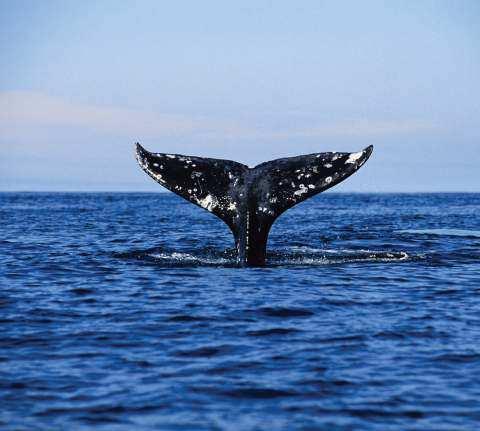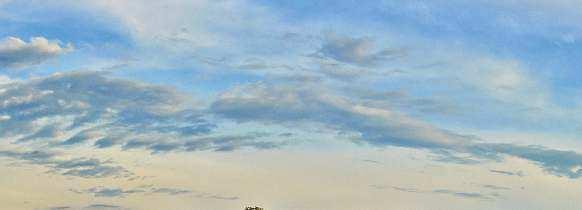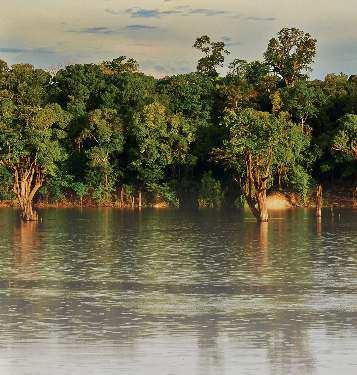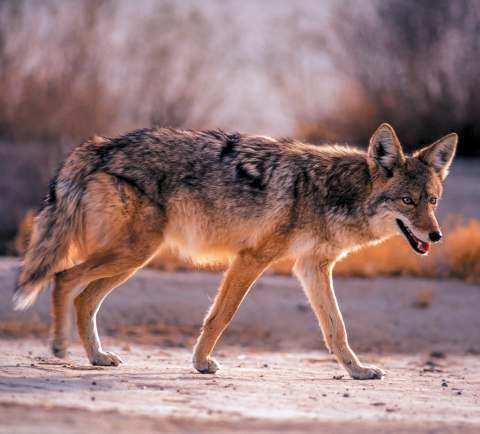
13 minute read
UNIT 8
Cambridge University Press 978-1-108-62200-4 — Prism Reading Level 2 Student's Book with Online Workbook Lida Baker , Carolyn Westbrook Frontmatter More Information
Nouns and adjectives for economics Nouns for economic trends The Stock Market Crash of 1929
Advertisement
Vocabulary for the fashion business A Life Tailored Around Clothes
Making predictions with modals and adverbs of certainty Preixes China’s Man-made River
Verb and noun forms Health and itness collocations
Nutrition Labels
Critical Thinking Collaboration
Critical Thinking Collaboration
Critical Thinking Collaboration
Critical Thinking Collaboration
Cambridge University Press 978-1-108-62200-4 — Prism Reading Level 2 Student's Book with Online Workbook Lida Baker , Carolyn Westbrook Excerpt More Information
5 Are animals important in your life? Why?
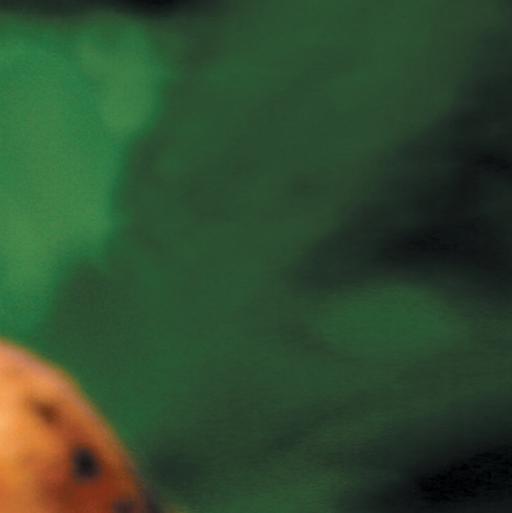
4 Do humans need animals? Why or why not?
3 Why do some people enjoy having animals in their homes?
2 Are there more wild animals in your country now, or were there more in the past? Why? Give examples.
1 In your opinion, is it better to see animals in a zoo or in nature? Why?
Work with a partner. Discuss the questions.
ACTIVATE YOUR KNOWLEDGE
Language Development Academic verbs; comparative adjectives
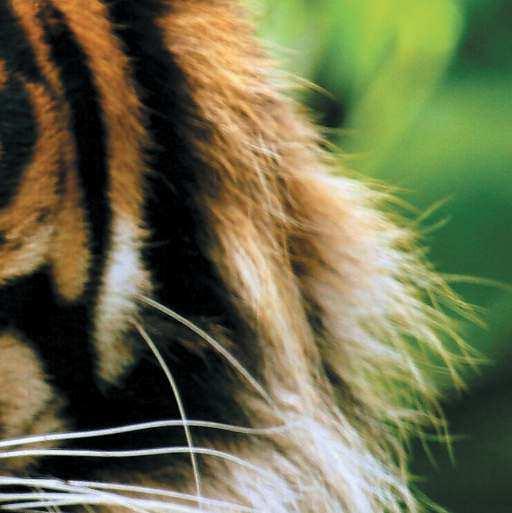

Additional Reading Skills Understanding key vocabulary; using your knowledge; reading for details; working out meaning; predicting content using visuals; taking notes; summarizing; making inferences; synthesizing
Key Reading Skills Reading for main ideas; using a Venn diagram
LEARNING OBJECTIVES
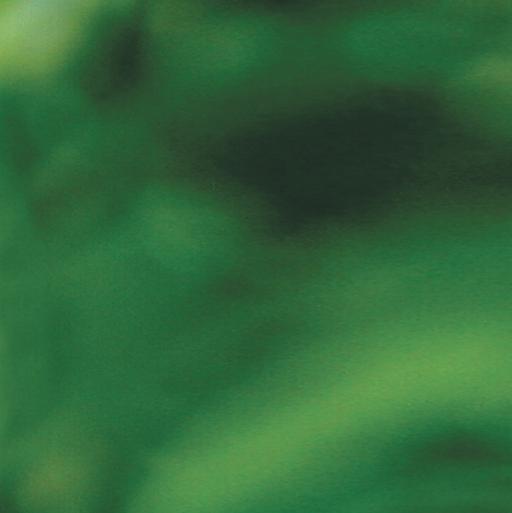

ANIMALS
Cambridge University Press 978-1-108-62200-4 — Prism Reading Level 2 Student's Book with Online Workbook Lida Baker , Carolyn Westbrook Excerpt More Information




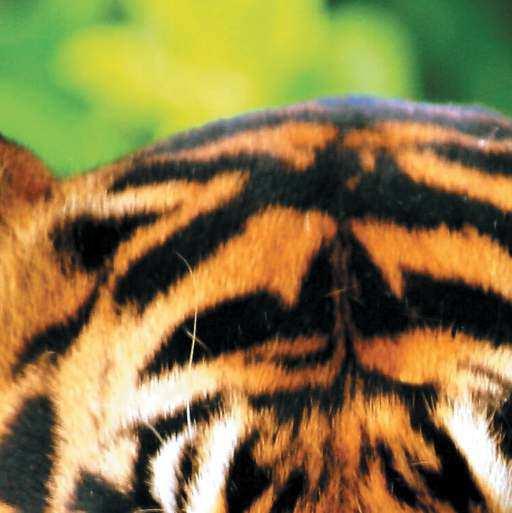

Cambridge University Press 978-1-108-62200-4 — Prism Reading Level 2 Student's Book with Online Workbook Lida Baker , Carolyn Westbrook Excerpt More Information
8 Many organizations are working to creating safe places for them to live. endangered animals by
7 I don’t like zoos. I prefer to see animals in their environments.
6 Few people visited the zoo last week the cold weather.
5 When new homes are built, it often the areas where animals live.
4 Smoke from factories can animals. the air and hurt both humans and
3 Dangerous enter lakes and rivers. from factories can kill fi sh and other animals when they
2 There are three of bears in North America. They are the American black bear, the grizzly bear, and the polar bear.
1 The black rhino is one of the most only about 5,000 left today. animals in the world. There are
species (n)
protect (v) types of plants or animals that have similar features
to keep something or someone safe from damage or injury
pollute (v) to make an area or substance dirty and unhealthful
natural (adj) as found in nature; not made or caused by people
endangered (adj) (of plants and animals) that may disappear soon
due to (prep) because of; as a result of
destroy (v) to damage something very badly; to cause it to not exist
chemical (n) man-made or natural substance made by changing atoms

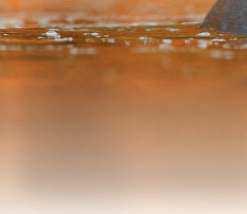

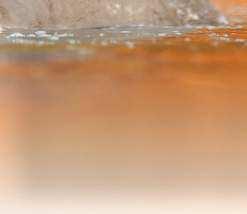
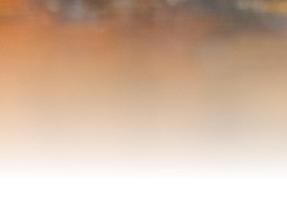
PREPARING TO READ

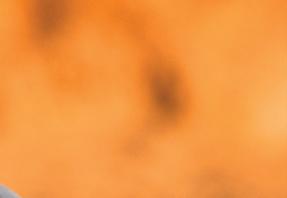

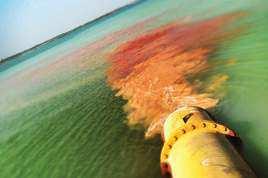



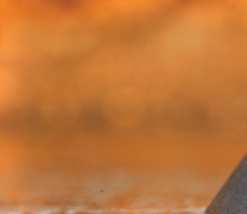
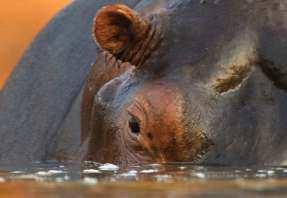

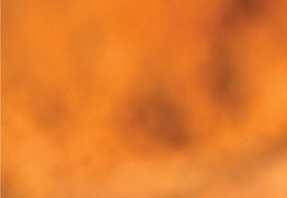
Cambridge University Press 978-1-108-62200-4 — Prism Reading Level 2 Student's Book with Online Workbook Lida Baker , Carolyn Westbrook Excerpt More Information

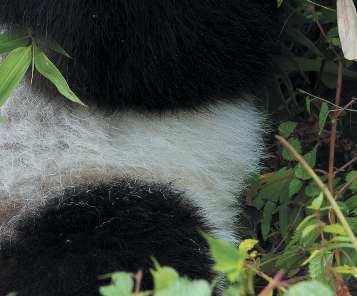
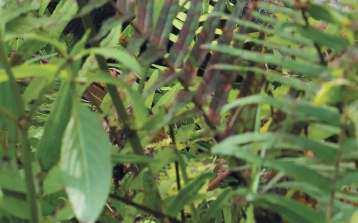
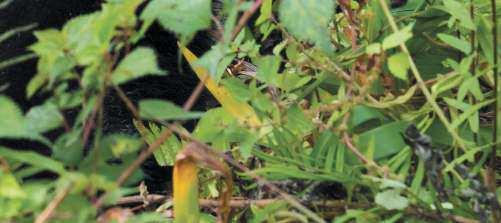


ENDANGERED SPECIES

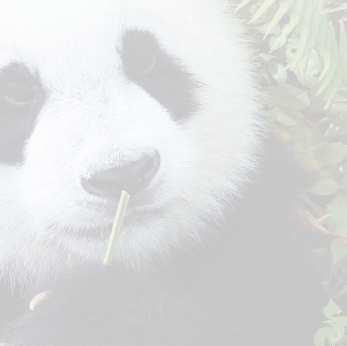


EXTINCT SPECIES


USING YOUR KNOWLEDGE Look at the title of the article on pages 18–19. What do you think it will be about? Complete the chart with the names of endangered and extinct species you know.
Cambridge University Press 978-1-108-62200-4 — Prism Reading Level 2 Student's Book with Online Workbook Lida Baker , Carolyn Westbrook Excerpt More Information
1 An endangered species is a group of animals or plants that could soon become extinct. Extinction happens when the last animal of the species has died out and there will be no more. Many species are nearly extinct and could disappear from the Earth very soon if we don’t do anything to save them. There are many reasons why species become endangered, but most harm to species is due to human activities such as habitat destruction, hunting, and overfishing. 2 Habitat destruction is the main reason why animals become endangered. This happens in two ways. First, when humans move into a new area, they cut down trees to build houses and farms. This destroys the animals’ habitat—the natural environment where plants or animals usually live— and leaves them without food. Animal habitats are also destroyed because of pollution. Dirty water from factories, which contains chemicals , ends up in rivers, and poisons used on farmland may even kill animals that live in the area. 3 Endangered species are also the result of hunting and fishing. Animals such as the Arabian oryx are nearly extinct because of the high price of their meat. Other animals are killed for their fur, bones, or skin—or just for sport. For example, some seal species are now almost extinct because they are killed for their fur to make coats. Tigers are shot to make medicine and tea from their bones, and crocodiles are caught to make bags and shoes. Large sea creatures like whales, tuna, and sharks have all become endangered species because SPECIES
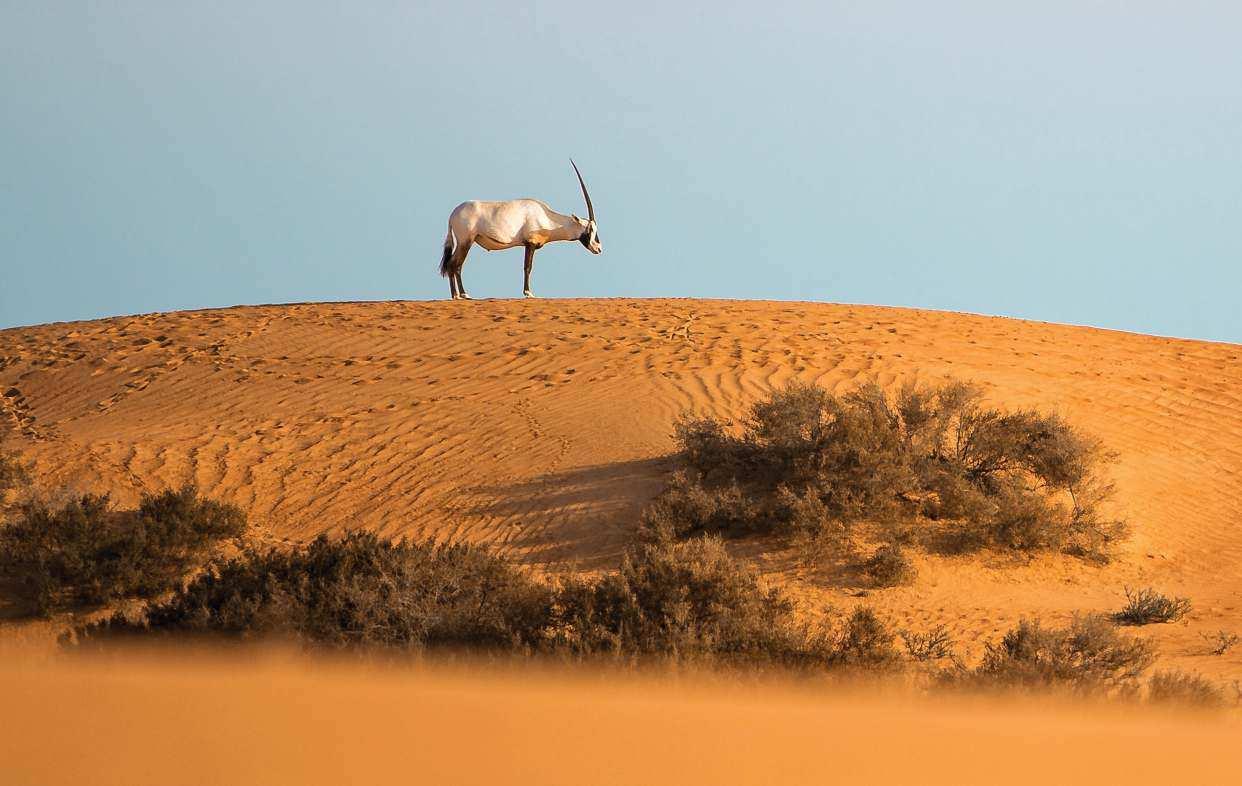
ENDANGERED
Cambridge University Press 978-1-108-62200-4 — Prism Reading Level 2 Student's Book with Online Workbook Lida Baker , Carolyn Westbrook Excerpt More Information
Tiger
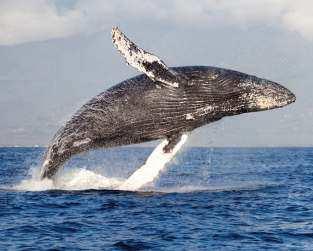

Seal

4 What steps can individuals and governments take to protect more animal and plant species from becoming endangered? We should try not to pollute natural areas, and farmers or companies who destroy animal habitats should face a financial penalty. The public can help out by refusing to buy products made from
of overfishing—too many are caught to make special dishes that people like to eat, such as shark’s fin soup or sushi. animals’ body parts, such as seal fur coats or crocodile bags. Governments can help, too, by making it against the law to hunt, fish, or trade in endangered species. They can also provide funding for animal sanctuaries and zoos and protect animals from extinction by breeding more endangered animals, which can later be released into the wild. If we all cooperate by taking these steps, we will protect our planet so that our children and their children can enjoy it, too.
Whale 19
Arabian oryx

Cambridge University Press 978-1-108-62200-4 — Prism Reading Level 2 Student's Book with Online Workbook Lida Baker , Carolyn Westbrook Excerpt More Information
5 7 What should governments invest in to get more animals back into the wild?
6 What should governments do about hunting and fishing of animals?
5 What can individuals do to protect animals from becoming endangered?
4 Which large sea creatures are endangered because of overfishing?
3 What do people hunt animals for?
2 How does pollution and cutting down trees cause problems for animals?
1 Who or what is most responsible for animal extinction and endangered species?
READING FOR DETAILS Work with a partner. Answer the questions.
4 d How humans destroy and pollute animal habitats
c How governments and citizens can protect animals
a How hunting and overfishing endanger animals
READING FOR MAIN IDEAS Read the article again and write the paragraph number next to the main ideas.
The main idea of a paragraph tells the most important thought or message of that paragraph. The topic sentence expresses the main idea of the paragraph, and all of the other sentences in the paragraph give details to support the topic sentence. To find the main idea, look at the topic sentence and check whether the rest of the paragraph supports what it says.
READING FOR MAIN IDEAS
SKILLS
READING FOR DETAILS Read the article on pages 18−19. Add the names of the animals mentioned to the correct column of the chart on page 17.
Cambridge University Press 978-1-108-62200-4 — Prism Reading Level 2 Student's Book with Online Workbook Lida Baker , Carolyn Westbrook Excerpt More Information


B Present your fact sheets to the class. As a class, choose an endangered species to sponsor.
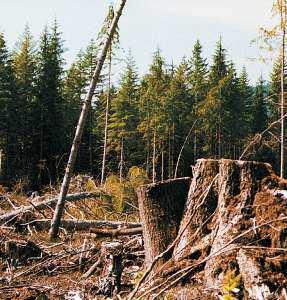
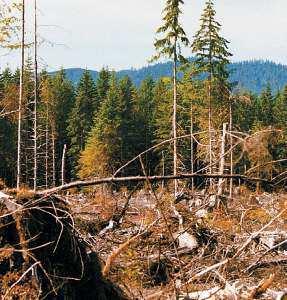
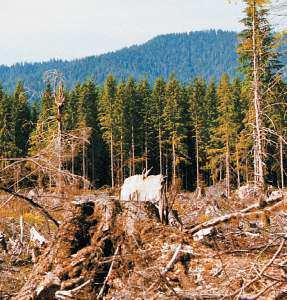
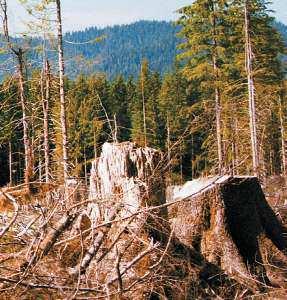
• Threats or dangers to it



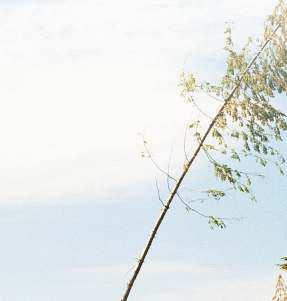
• Photos of the animal and its habitat
8 A Work in a small group. Choose an endangered species and make a fact sheet about it. Include the following information: • Description of its habitat • Ways to protect it
COLLABORATION
What are some more examples of products that are made from animal parts? Do you use any of these products? Should governments spend money to save animal habitats even if this means there is less money for things people need, such as hospitals? Why is it a problem if some plants and animals die out?




APPLY ANALYZE EVALUATE
7 Work with a partner. Discuss the questions.
CRITICAL THINKING
6 5 If we work together by taking this action , we can protect our planet.
4 Governments can pay for animal sanctuaries and zoos.
3 We can make it illegal to hunt, fi sh, or trade in endangered species.
2 You should help to protect animals by choosing not to buy fur.
1 Companies who destroy animal habitats should pay a fi ne .
WORKING OUT MEANING Read the last paragraph of the article again. Underline the words and phrases with the same meaning as the words in italics.
Cambridge University Press 978-1-108-62200-4 — Prism Reading Level 2 Student's Book with Online Workbook Lida Baker , Carolyn Westbrook Excerpt More Information
7 There are many unique species that are Madagascar, including more than 80 kinds of snakes. to the island of
6 Gray whales are endangered, but there is a chance that they will because many countries have stopped hunting them.
5 Habitat loss is the River region. cause of species extinction in the Amazon
4 Many people believe that it is can’t move around freely. to keep animals in zoos, where they
3 The fl u is a common in humans, but some animals, such as horses, birds, seals, and whales, can also get forms of the fl u.
2 Plastic is often to sea birds. Millions of birds die each year when they swallow plastic bags and other plastic garbage.
1 The coyote, a wild member of the dog family, is so United States that they can be seen in cities. in the western
survive (v) to continue to live after almost dying
native (adj) used to describe animals and plants that grow naturally in a place
major (adj) most serious or important
fatal (adj) causing death
disease (n) illness; a serious health condition that requires care
cruel (adj) causing pain or suffering on purpose
common (adj) happening often or existing in large numbers
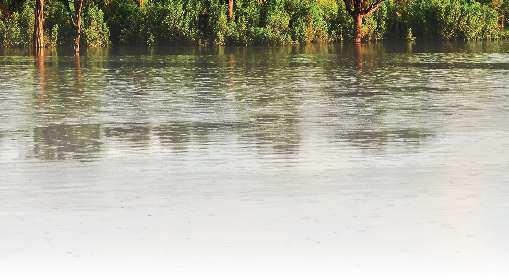
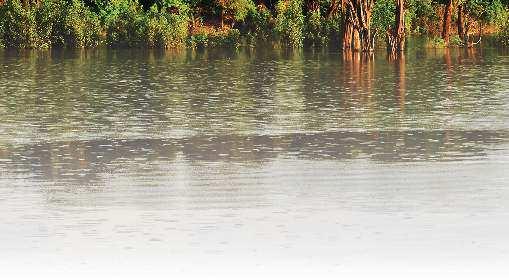
PREPARING TO READ



Cambridge University Press 978-1-108-62200-4 — Prism Reading Level 2 Student's Book with Online Workbook Lida Baker , Carolyn Westbrook Excerpt More Information
3 Which animal do you think is endangered? Why?
2 Do you have them in your country? How do people feel about them?
1 What are the animals in the photos?


2 PREDICTING CONTENT USING VISUALS Work with a partner. Look at the photos in the article on pages 24–25 and discuss the questions.



